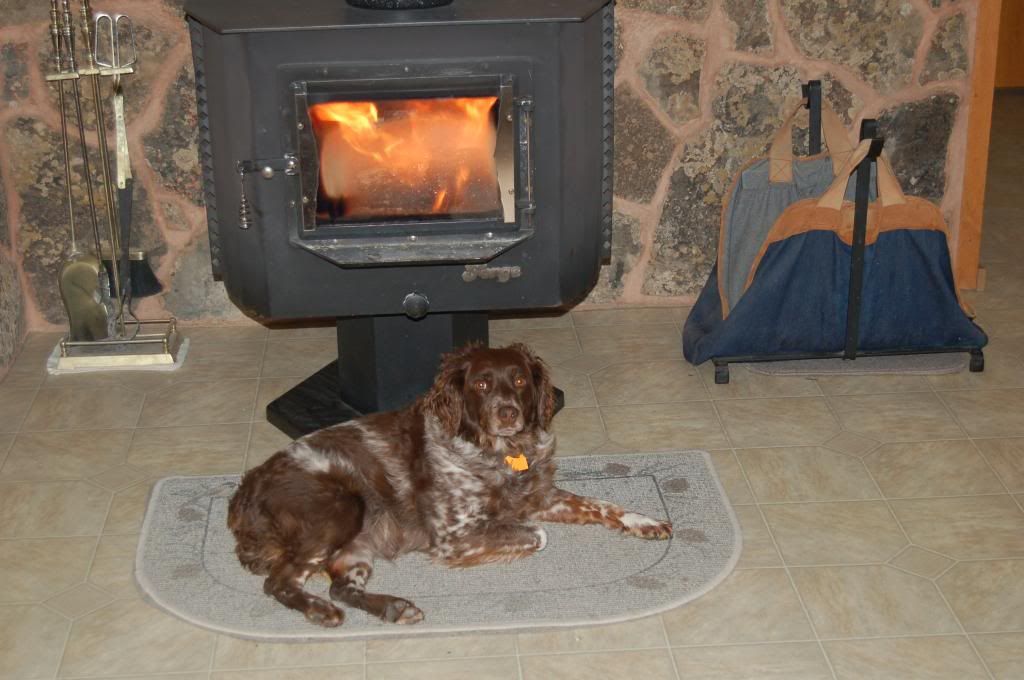Back at it. I cleaned the stud holes with a wire brush in a Dremel Tool, blew them out with my compressor. None of the studs will screw into the block.
First of all the studs were in poor condition and most of them had bunged up threads. I then ran a #8 .125 di over the threads about 1/4" and was amazed as to how much metal the di removed. I tried the newly cut 1/4" of threads on the stud and it went in easily. I ran the die over the entire threaded area of one end of the stud and it went easily, to easily into the head. I wobble tested the stud and it wobbled until seated. This is not right and I'm afraid that when tightened, the threads would pull out.
I called Matt at Midwest Bayless and cried on his shoulder.
Mat told that sometimes aluminum heads shrink and I should try running a 8 .125 bolt into the holes using a socket. He also said that different manufacturers cut their taps and di's slightly different and that a bolt is enough to open up the threads. Thank you Matt. The bolt store is an hour round trip and when I returned I screwed the bolt in and out with little effort. I used the only stud that I have with good threads and it went in sans wiggle. New studs are on the way and when they arrive I'll get back to work.
First of all the studs were in poor condition and most of them had bunged up threads. I then ran a #8 .125 di over the threads about 1/4" and was amazed as to how much metal the di removed. I tried the newly cut 1/4" of threads on the stud and it went in easily. I ran the die over the entire threaded area of one end of the stud and it went easily, to easily into the head. I wobble tested the stud and it wobbled until seated. This is not right and I'm afraid that when tightened, the threads would pull out.
I called Matt at Midwest Bayless and cried on his shoulder.
Mat told that sometimes aluminum heads shrink and I should try running a 8 .125 bolt into the holes using a socket. He also said that different manufacturers cut their taps and di's slightly different and that a bolt is enough to open up the threads. Thank you Matt. The bolt store is an hour round trip and when I returned I screwed the bolt in and out with little effort. I used the only stud that I have with good threads and it went in sans wiggle. New studs are on the way and when they arrive I'll get back to work.

